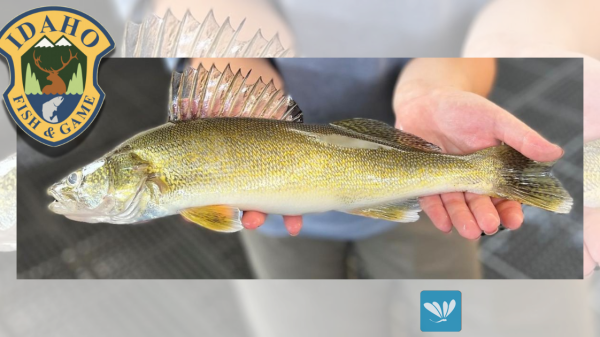(The Center Square) – Washington’s Salmon Recovery Office recently released its annual “State of Salmon in Watersheds” report with less-than-ideal results.
“Salmon continue to struggle in Washington,” the report states. “No salmon species have been removed from the federal Endangered Species Act list in Washington and most of the species on the list are in crisis or not keeping pace with recovery goals.”
Todd Myers, director of environmental programs at the Washington Policy Center, added some historical context.
“The status of salmon across the state is basically unchanged since the previous report in 2020, with one stock improving and one getting worse,” he wrote in a recent analysis. “Compared to 2016, however, the status of salmon has declined.”
From their commercial and recreational catch peaks of 2.5 million and 1.25 million per species per year in the late 1970s and early 1980s, both Coho and Chinook Salmon catches have declined to below half a million each in 2020.
This drop from 3.75 million to under a million over the last 45 to 50 years happened despite around $1.6 billion being spent between 1999 to 2019 to help the salmon. The latest state report cites a much older study released in 2011 saying nearly $4.7 billion in funding would be needed to meaningfully change the decline – which makes for a $3.1 billion gap.
Reported underfunding of conservation efforts is a thread that many reports from Washington state have picked up on over the years.
A report from 2016, for instance, warned, “Eroding federal, state, and local budgets limit our ability to fully implement the recovery plans. Without full funding, the recovery organizations lack the capacity to address the multiple issues that impact salmon recovery, and agencies are not able to meet their commitments.”
The Washington state government, including the Legislature, is aware of this gap, Myers said..
“It is clear that projects that would help recover salmon have not been funded and the Policy Center has been supportive of increasing funding for salmon recovery projects,” Myers wrote. “The state has the revenue to increase funding but has simply chosen to prioritize other things.”
He added, “It took decades for salmon populations to decline and it will take decades to recover. It isn’t surprising there hasn’t been much change in the past two years, but it does highlight the need to take the threat to salmon more seriously.”

















